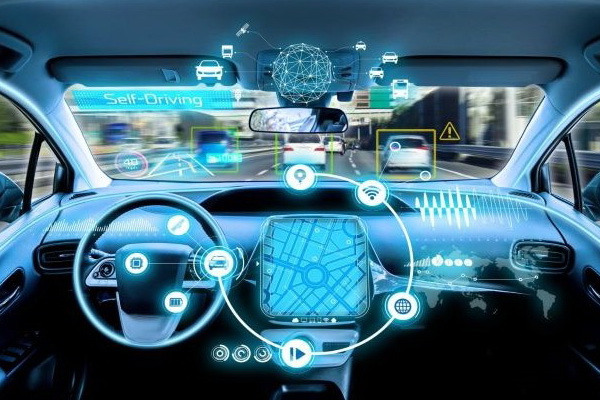Lectures:
- Detecting edges in images, gradient methods, zero-crossing method, parametric edge models.
- Image segmentation by region growing/splitting, thresholding, optimal threshold selection, adaptive thresholding.
- Canny edge detector, Hough transform.
- Detecting the feature points in images.
- Measuring the objects for recognition, selecting and computing the descriptors.
- Evaluating the efficiency of descriptors, introduction to universal descriptors (HoG).
- Classification using discriminant functions, clustering, and SVM.
- Classification using classical shallow neural networks.
- Introduction to the deep neural networks, network architectures for detecting and recognising objects in images.
- Introduction to generative networks (GAN networks, diffusion networks).
- Creating 3D models from images, camera calibration, 3D sensors, lidars. SLAM
- The problem of finding the correspondence between the images, and some methods for its solution.
- Analysis of 3D point clouds, detecting the feature points, computing the descriptors, geometric consistency, recognising objects in point clouds.
- Analysis of images changing in time, optical flow, object tracking, Kalman filtering. Recurrent neural networks LSTM, self-attention networks).
- Introduction to action recognition from video sequences.
Computer labs:
- Edge detection, gradient and zero-crossing methods.
- Canny edge detector, parametric edge models.
- Thresholding, optimal threshold selection.
- Hough transform.
- Selecting the features/descriptors for classification.
- Optimizing the set of descriptors, universal descriptors (HoG).
- Classification using etalons and discriminant functions.
- Classification using k-means clustering, classification using SVM.
- Classification using shallow neural networks.
- Classification using deep neural networks.
- Examples of generative network usage.
- Optical flow.
- Tracking the objects in video frames.
- Obtaining the credit.
- Detecting edges in images, gradient methods, zero-crossing method, parametric edge models.
- Image segmentation by region growing/splitting, thresholding, optimal threshold selection, adaptive thresholding.
- Canny edge detector, Hough transform.
- Detecting the feature points in images.
- Measuring the objects for recognition, selecting and computing the descriptors.
- Evaluating the efficiency of descriptors, introduction to universal descriptors (HoG).
- Classification using discriminant functions, clustering, and SVM.
- Classification using classical shallow neural networks.
- Introduction to the deep neural networks, network architectures for detecting and recognising objects in images.
- Introduction to generative networks (GAN networks, diffusion networks).
- Creating 3D models from images, camera calibration, 3D sensors, lidars. SLAM
- The problem of finding the correspondence between the images, and some methods for its solution.
- Analysis of 3D point clouds, detecting the feature points, computing the descriptors, geometric consistency, recognising objects in point clouds.
- Analysis of images changing in time, optical flow, object tracking, Kalman filtering. Recurrent neural networks LSTM, self-attention networks).
- Introduction to action recognition from video sequences.
Computer labs:
- Edge detection, gradient and zero-crossing methods.
- Canny edge detector, parametric edge models.
- Thresholding, optimal threshold selection.
- Hough transform.
- Selecting the features/descriptors for classification.
- Optimizing the set of descriptors, universal descriptors (HoG).
- Classification using etalons and discriminant functions.
- Classification using k-means clustering, classification using SVM.
- Classification using shallow neural networks.
- Classification using deep neural networks.
- Examples of generative network usage.
- Optical flow.
- Tracking the objects in video frames.
- Obtaining the credit.
